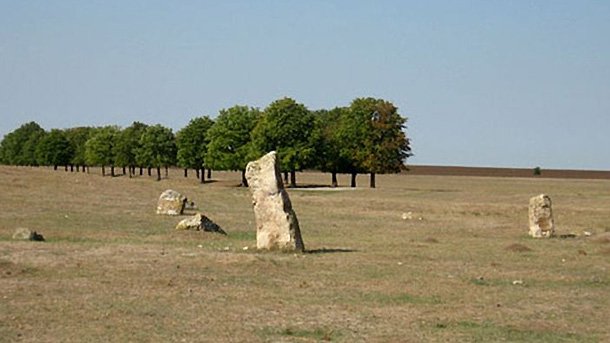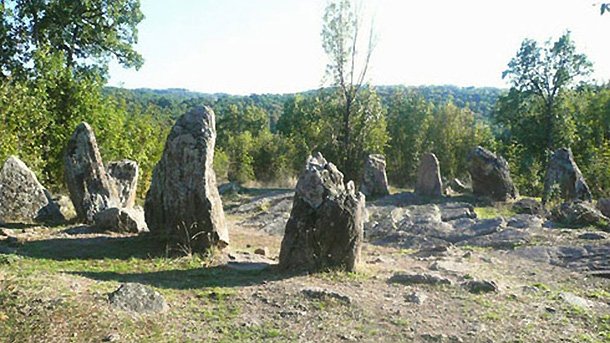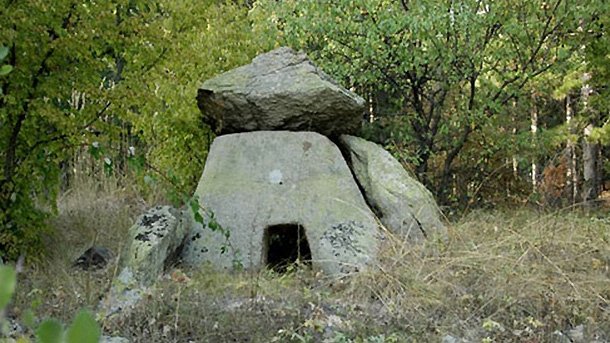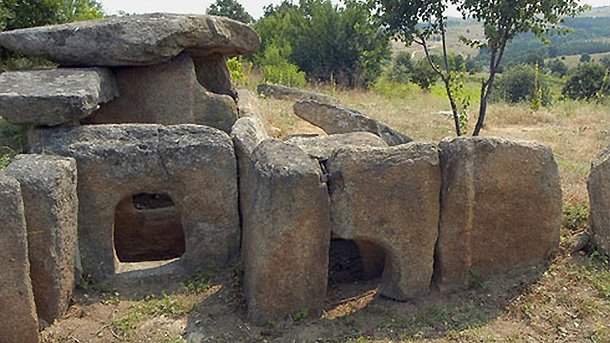
© Photo: Lyubomir Tsonev

© Photo: Lyubomir Tsonev

© Photo: Lyubomir Tsonev

© Photo: Lyubomir Tsonev
From the beginning of December to April 15, the Pirin resort of Bansko was visited by over 190,000 tourists from the country, from neighbouring Balkan countries, from Europe and the USA . The number of overnight stays during the season was over..
The first thing anyone notices upon arrival in Garvan village are the beautiful and well maintained Dobrudzha-style houses. The village lies at the heart of Dobrudzha, the “granary of Bulgaria”, not far from the town of Silistra, and has a population..
The largest specialized exhibition for camping tourism, water sports and outdoor leisure is returning for the seventh time in a row and at a new location - Sofia Land. To host the event, the former capital amusement park opens its..

+359 2 9336 661
